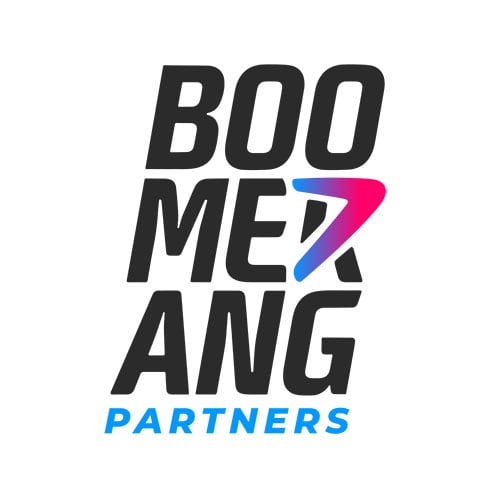How do you engage with challenging situations? What is your immediate reaction and why? Do your interactions relate to how you want others to perceive you? In session five of Saroca's LeadHERship Program, titled ‘Chaos to Clarity,’ these were the questions on the table.
Am I the drama?
Drama is a wide term. In and outside of the workplace, drama can be anything from a disagreement to a break-up to a life-changing event. How we engage with these situations, when they impact us and when they impact others, is crucial to developing emotional intelligence and leading a team more efficiently.
Moving from ‘The Drama Triangle’ to ‘The Conscious Triangle’ was the path to changing interactions from dysfunctional to functional, according to course leader and Co-Founder Emily Leeb.
Based on research by Stephen Karpman, there are three mindsets that encompass dysfunctional interactions as part of ‘The Drama Triangle.’ Take the Hero mindset, for example. Has someone, be it a friend, family member or co-worker, come to you with a problem you have responded to with a need to fix the solution yourself? This is dysfunctional.
Before rushing in to ‘fix’ the problem, did you ask the person what they wanted? Did you see yourself as responsible for the wellbeing of this individual, did you see them as less capable, as a victim of their situation? By acting in this way, you are removing the individual’s autonomy and ability to make their own decisions – you have made the situation about yourself.
The equivalent of this on ‘The Conscious Triangle’ is the Coach mindset. Instead of charging head-on to fix a problem yourself, a coach will support those involved, providing them with the tools and support needed to overcome the situation while doing it on their own terms. They will ask those involved what they need and what they would like them to do, rather than making that decision for them.
The Victim mindset and Villain mindset work similarly; those who see interactions as guaranteed for failure and those who are quick to pin the blame on themselves or others in challenging situations.
For those who find themselves wondering ‘Why do these things always happen to me?’ consider rephrasing to ‘How is this happening for me?’ Similarly, instead of seeing someone as a villain in a situation, assess their actions and create a picture that goes beyond black and white – easier said than done, of course, but that is the case for most lessons taught across the course so far.
Check out session four and our summary of sessions one to three in our previous issue of Trafficology.
Attachment and identities
I think we are all attached to our identity. We care about how we are perceived and will act in ways that will perpetuate this perception. However, these actions can sometimes snowball into challenges mentally or professionally, if we aren’t careful.
Here’s an example. You are attached to the idea that you are reliable at work: you will always be on time, will always be able to complete tasks and can be defaulted to if necessary. But what if you make a mistake? What if you run late? Anxiety at losing your identity will kick in and you will make a decision – that decision will reveal the why and how of this attachment. Maybe you are attached to this identity because you fear losing your job and do not believe you are skilled enough to work elsewhere, or because you want to make your family proud of your success.
Either way, understanding why we are attached to our identity and de-tangling ourselves from it allows for better decision-making removed from our need to elevate our identity.
What did I learn?
Removing yourself from the core of your decision-making is a challenge, but something that is crucial when you are a leader. In these roles, your decisions affect more than just you. While it is far from easy, it is therefore crucial that your decisions are made on the needs of others, even if it may contradict your identity or usual way of thinking.
Food for thought.




































